Education has undergone drastic changes due to the coronavirus (COVID-19) pandemic. Many schools have decided to delay in-person learning and instead teach all their classes online. As a result, children are spending up to 8 hours a day in front of screens doing school – on top of several more hours playing games and watching videos. More time in front of screens, whether for school or for fun, can result in eye strain, headaches and even hearing loss. Fortunately, there are several simple ways to protect your child’s eyes and ears while learning online.
Tips for minimizing eye strain during online learning
Follow these tips to help your child minimize eye strain and headaches during screen time.
- Skip the blue light filtering glasses. They don’t prevent eye strain from electronics.
- Have your child take frequent breaks. Try following the 20/20/20 rule: every 20 minutes take a 20 second break and look at 20 feet or beyond.
- Think and blink. When reading or looking at something of great interest, there is less eye blinking. This causes the corneas to become dry and can lead to discomfort. The heat generated from a computer screen will make tears evaporate even faster and exacerbates the corneal dryness caused by decreased blinking. So tell your children to “think and blink.”
- Try to limit “entertainment” screen time. Too much screen time is not good for the brain! Make sure your children spend 30-60 minutes outdoors each day. Natural light is needed for healthy eyes – it helps decrease the progression of myopia (nearsightedness).
Tips for minimizing hearing loss during online learning
Using headphones at a very high volume for a long period of time can result in hearing loss. Here are some things you can do to help your child listen at an appropriate volume:
- Keep the volume below 80 decibels. Anything higher can cause hearing loss.
- Give your child a quiet area to work/listen/learn. If it’s noisy and your child is trying to drown out other conversations or meetings, chances are they will turn up the volume.
- Purchase headphones that have a volume cap. You can also control/limit the volume level on the computer or tablet.
- Headphones are better than speakers. People tend to listen to headphones at a lower volume than speakers because they’re not trying to drown out background noise.
- Use a pair of well-fitting headphones rather than earbuds. Earbuds, or in-ear headphones, tend to feel uncomfortable and are hard to fit well. They also don’t block out background noise so children will be inclined to turn up the volume when using earbuds.
- Noise-cancelling headphones aren’t necessarily better. These types of headphones actually add more sound to cancel out background noise.
Remember: Once hearing is lost, it’s gone. There’s no getting it back, so it’s important to do what you can to prevent hearing loss!
 https://riseandshine.childrensnational.org/wp-content/uploads/2024/12/school-nurse-feature.jpg
300
400
Danielle Robbins
https://riseandshine.childrensnational.org/wp-content/uploads/2017/11/childrens_riseandshine_logo.jpg
Danielle Robbins2024-12-24 11:28:462025-06-24 13:35:39Advice from the school nurse: Health tips every parent needs to know
https://riseandshine.childrensnational.org/wp-content/uploads/2024/12/school-nurse-feature.jpg
300
400
Danielle Robbins
https://riseandshine.childrensnational.org/wp-content/uploads/2017/11/childrens_riseandshine_logo.jpg
Danielle Robbins2024-12-24 11:28:462025-06-24 13:35:39Advice from the school nurse: Health tips every parent needs to know



 Mohamad S. Jaafar, MD, was the Dorothy, Jay, Kara and Mark Weinstein Professor and Chairman Emeritus of the Children’s National’s Department of Ophthalmology and Professor of Ophthalmology and Pediatrics at the George Washington University.
Mohamad S. Jaafar, MD, was the Dorothy, Jay, Kara and Mark Weinstein Professor and Chairman Emeritus of the Children’s National’s Department of Ophthalmology and Professor of Ophthalmology and Pediatrics at the George Washington University.



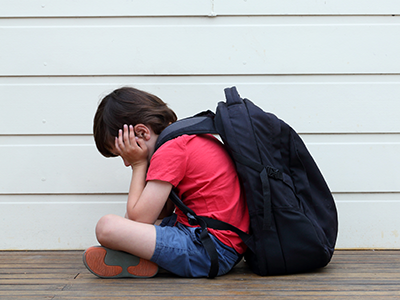



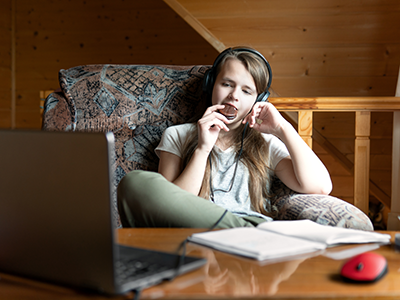


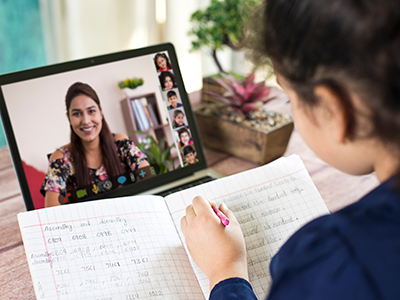

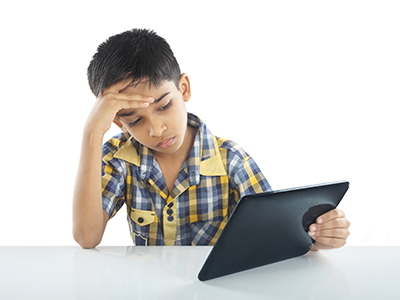

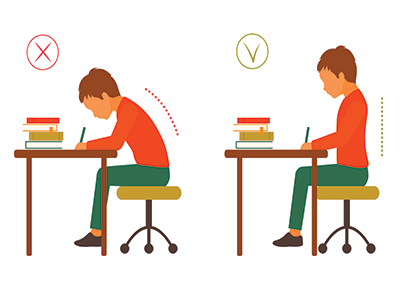


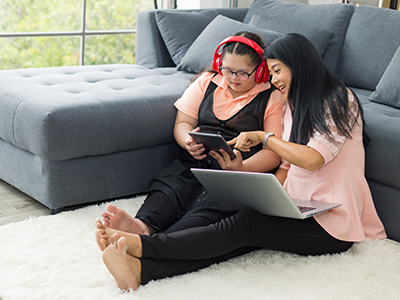
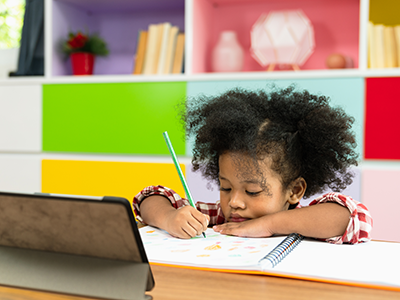
Leave a Comment
Want to join the discussion?Feel free to contribute!